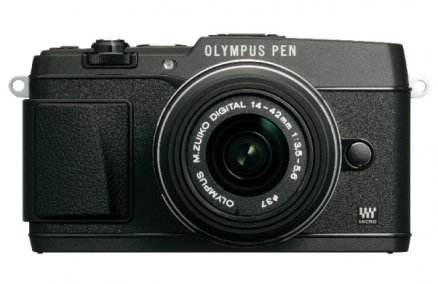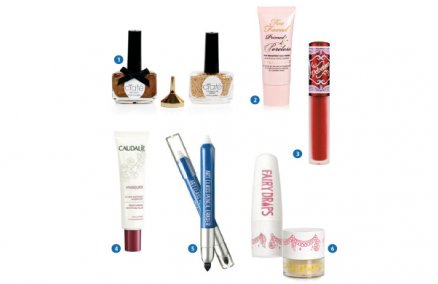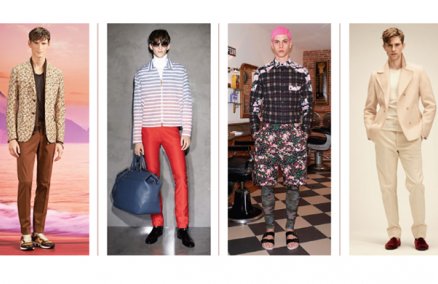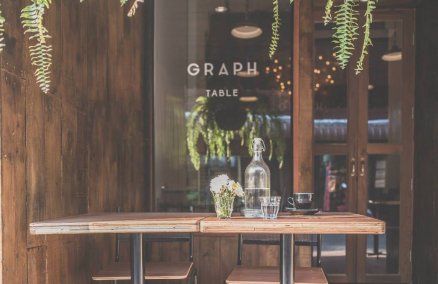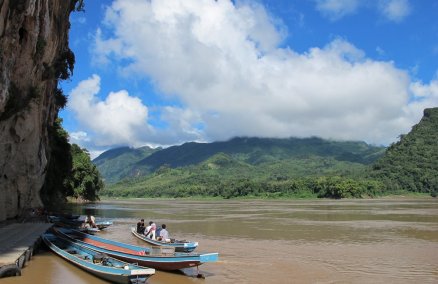Show off at the Mun Maak Track Days
Start Your Engines: Dave Mun Maak, the founder of the Mun Maak super car club, has started a new program that allows participants to pay B2,500 to take part in a track day. Different groups of drivers attend each event, so after slip-streaming your way past the Maserati coupe at turn three, you might find yourself neck and neck with a race-prepped, stripped and caged Subaru STi.
Pit-stop: Although a racing license isn’t required, Mun Maak means business: entry requirements to the club consist of “owning a vehicle worth showcasing” (this means anything from race-prepped Yaris all the way to Lambhorgini Gallardos). Pre-registration is required, and drivers must be properly equipped with a race helmet. All first-timers have to start out in the Bronze group where you will learn racing basics before moving up into the Silver and Gold groups reserved for more experienced drivers.
Final Lap: It’s a (relatively) safe, sanctioned and organized event that allows drivers to truly test the limits of their vehicle and not have to worry about a thing. The downside? It’s not very competitive and it does require you to have an impressive ride, meaning most of us mortals simply can’t join.
65/29 Fuangsook Village Soi 10, Moo 5, LumPoo District, Bangbuathong Amphor, Nonthaburi. 08-7701-5533. www.munmaak.com
Learn to Drive at 200kph at Taki Racing
Start Your Engines: Taki Racing School trains students in the art of piloting open wheeled roadsters derived from the same base as genuine F1 cars. Situated just outside Bangkok, it’s a unique opportunity to drive what they call a Formula Taki car, which is a 170 horsepower open wheel roadster that can reach speeds well over 200kph. This beastly, yet lightweight machine, is designed and built right here in the Kingdom. Nervous? There’s a host of qualified and licensed racing instructors who will teach you all about perfect trajectory and split-second braking.
Pit-stop: Getting behind the wheel of a Taki car is the closest thing to driving an actual F1 car as you can get. The dynamics of these machines are completely different from anything on normal roads. They reach their peak performance at over 100kph, so learning to drive one is extremely challenging and can really test one’s skills. An error at these neck-snapping speeds can be costly, but this is the real deal. Just to get behind the wheel and get some track time will set you back a whopping B15,000, and this option only lasts half a day. To get a full day’s track time and top notch instruction, count B35,000.
Final Lap: These prices might seem shocking, but there is no place on earth that will offer you this experience for less.
333/15 M.8, Soi Ittonfai, Poochaosamingprie Rd.,
Samrongkrang, Praphadeang, Samutprakan. 08-6836-6504. www.takiracing.com
Study to Become a Pro at Toyota Racing School
Start Your Engines: This racing institution focuses on the core concepts of safe and precise driving. The ultimate goal is to become a better driver to the benefit of everyone on the road. It’s not all about reducing and preventing accidents, though; the training also prepares racers to compete in the “One Make Race,” which is a popular form of spec racing where only a single type of production model is used. In this case, both the Vios and the Yaris participate. This form of racing has made motor sport accessible to enthusiasts throughout Bangkok and the provinces.
Pit-stop: These aren’t your normal Toyota family cars either: they’re built by Toyota’s very own Toyota Racing Development team. Nor is the course open to anyone and potential racing school students must apply before being accepted. The application process seems like a formality, but they need to know that you can drive a manual transmission and have a valid driving license. There are two levels: basic (B3,000) and advanced (B5,000), with the basic training course being a prerequisite for advanced classes.
Final Lap: Don’t come here if you want to screech around a track and just go fast. Sure, the whole focus on safety thing sounds a bit boring but, in addition to the serious classroom training, the end goal is to be able to gear up and get behind the wheel of a fully caged and prepped race car.
www.toyotaracingschool.com, 02-736-9633
EasyKart.net’s Jungle Adventure
What: Two hour trips through the jungle-covered hills around Pattaya on ATV and buggy riders. They have three daily trips departing at 10am, 1pm and 4pm.
How much: ATV rider (220cc) is B2,300, including transfers from Pattaya. The buggy rider (250cc) is B3,600 including all equipment and refreshments. If you just want to take the passenger seat on the buggy, it’s B1,000.
When: Open daily 10-1am.
Where: EasyKart.net, South Pattaya, Bali Hai Pier, Chonburi. 086-028-0880.
EasyKart.net
What: The 520m indoor circuit is equipped with electronic scoreboards recording your lap times so you can find out if you’re destined to be the next Sebastian Vettel. With 15 track attendants, including two trainers, and a layout that’s redesigned every two months, it’s ideal for beginners and professionals alike. They have eight 100cc karts for kids, 12 160cc karts for beginners and 12 270cc karts for speed freaks.
How much: 100cc for kids is B300 for one round, which is eight minutes on the track. B500 for an 8 minute round on the 160cc, and the 270cc comes to B1,100 for 3 rounds. If you want to be a member you have to pay B1,700 or five credit payments (one credit equals one round). Group bookings also available.
When: Open Mon-Fri 4pm-midnight, Sat-Sun 1pm-midnight.
Where: 2/F, RCA Plaza, Soi Soonvijai, Rama 9 Rd., 02-203-1205/7. www.easykart.net.
Motor Sports Land (MSL)
What: MSL not only features a go-kart track, but four other outdoor zones for test-driving and automotive events. Zone 4 is their go-karting circuit, which goes through a track layout redesign every month. Zone 5 is a straight track of 300 meters and is for test-driving only.
How much: 10-minute kart rentals on a 270cc comes to B350, B300 for members (B500 annual membership fee), B200 for kids on a 150cc. There are instructors on hand, if you want to study up: B3,000 for a two-day, eight-hour course.
When: Open Tue-Sun 1-9pm.
Where: 1096/1 Phaholyothin Rd., 02-939-3773, 02-939-2498. www.motorsportsland.net.
Bangkok Racing Circuit (BRC)
What: This outdoor circuit not only races go-karts but also lets you take your motorcycles and cars for a spin.
How much: 9am-noon, bring your motorcycle and race around the track for a circuit rental of just B300. After noon you will have to pay B300/hour. If you have your own go-kart, pay B700 for the track and race from noon-3pm or rent a 110cc for B500 for a 10-minute round or the 125cc for B1,000. From 3-6pm drive your race car around the track for B1,000/hour. There are people there to help, but take note that motocross and race car driving should only be done by experienced drivers.
When: Open daily 9am-6pm.
Where: 920 Srinakarin Rd., Nong Bon Tawet, behind Seacon Square, 02-721-8148, 081-62-24021.
Singha Racing School
What: The school doesn’t provide the cars, so bring your own and learn from their instructors. There are four professional racers and former champs who will instruct you, including former racer Kitipoom Jaojaharasiri.
How much: The basic course over one to two days comes to B3,000. Additional meetings with your instructor are free. You just have to pay for your own circuit rental.
When: Open Mon-Fri 9am-5:30pm.
Where: Their home office is at IR Motorsport and Television, 104 Mooban Tawanrung Soi 4, Ladprao Rd., 081-918-3256.










